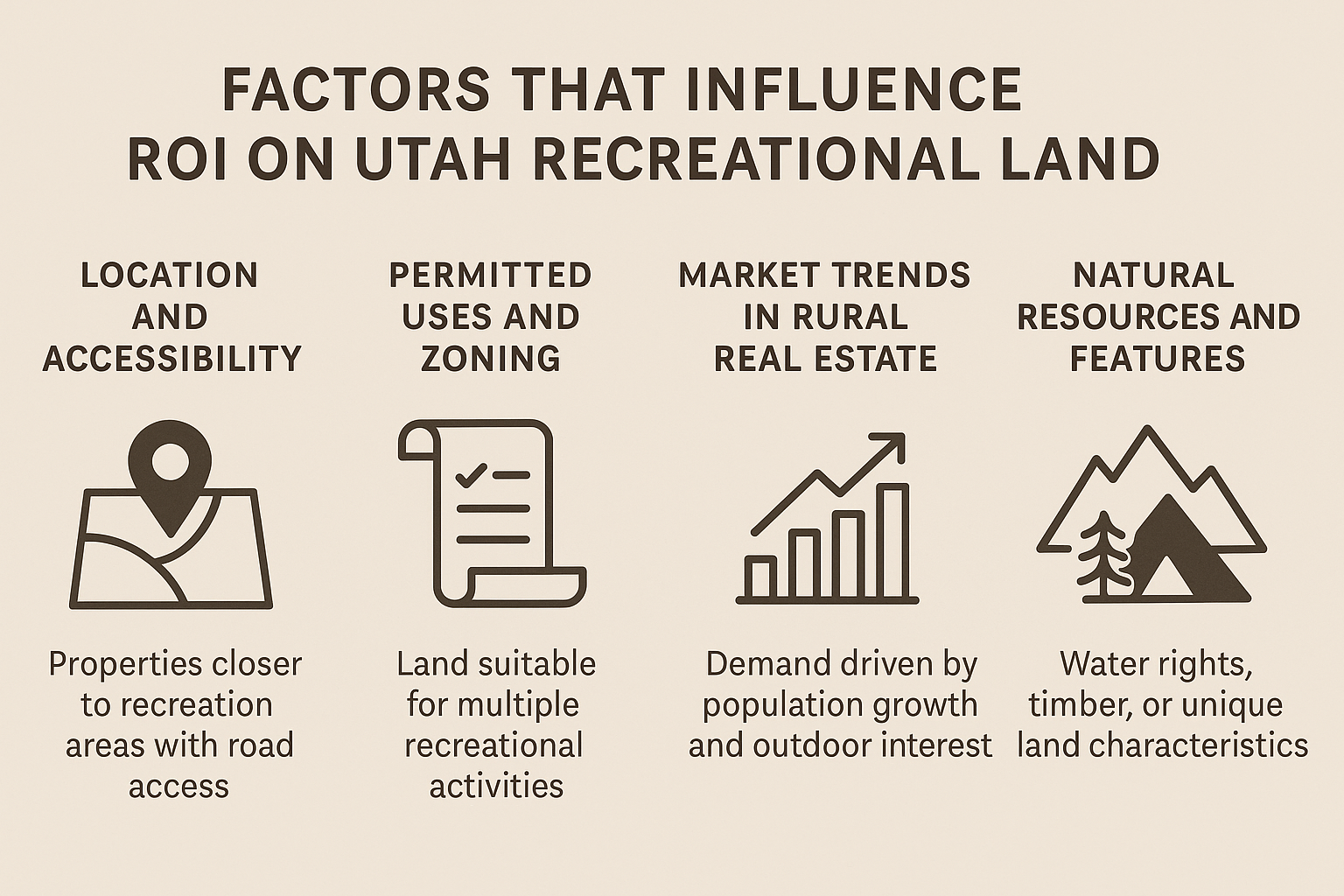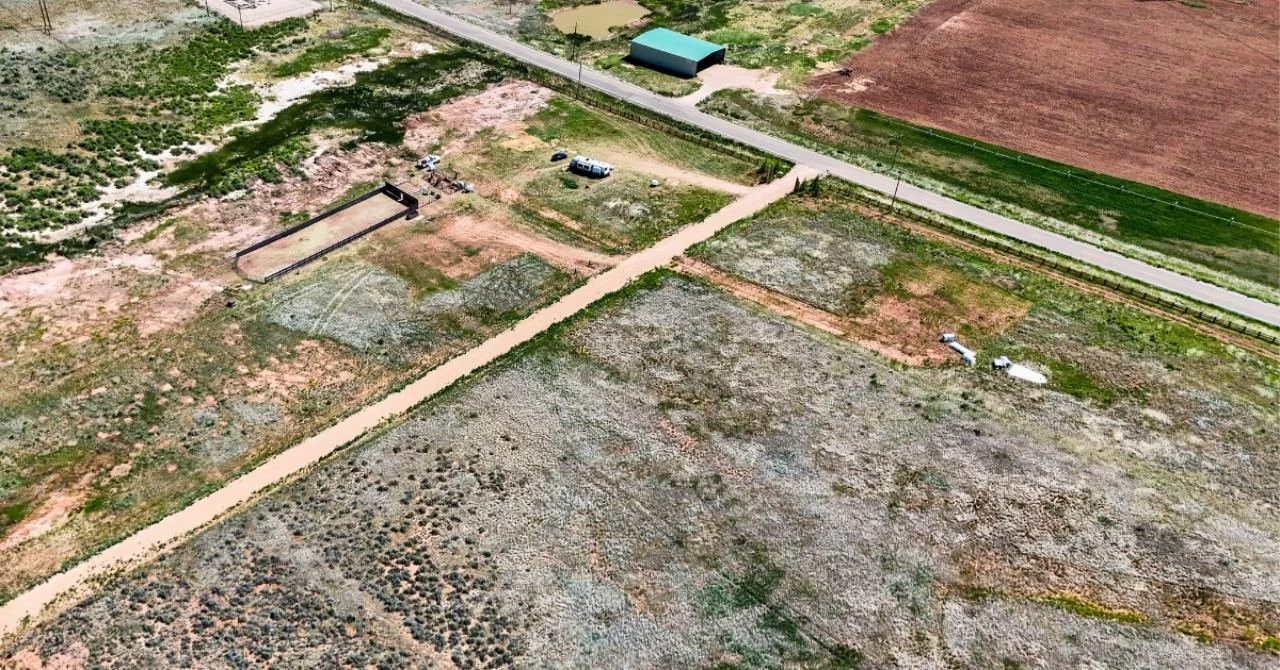The ROI of Recreational Land in Utah
Please note: this is not meant to be legal advice.
Why Recreational Land Can Be a Strong Investment
Recreational land in Utah offers buyers both personal enjoyment and long-term financial potential. From hunting and fishing to ATV riding and camping, the demand for land that supports outdoor activities has remained steady, even in changing markets. Investors benefit from a property that can be used now and sold later, often at a higher price.
Factors That Influence ROI on Utah Recreational Land
1. Location and Accessibility
Properties closer to popular recreation areas like national parks, reservoirs, and trail systems tend to appreciate faster. Access via maintained roads adds to buyer demand and potential resale value.
2. Permitted Uses and Zoning
Land that allows multiple uses—such as camping, hunting, cabins, or livestock—can attract a wider pool of buyers and renters. Always verify zoning with the county before purchase.
3. Market Trends in Rural Real Estate
Utah’s population growth and interest in outdoor lifestyles have increased demand for recreational land. While prices can fluctuate, land tends to hold its value better than many other assets during economic downturns.
4. Natural Resources and Features
Water rights, timber, or unique terrain can add value. Scenic views, river frontage, and proximity to wildlife habitats often command higher resale prices.
Ways to Generate Income from Recreational Land
Short-Term Rentals
Leasing the land for camping, hunting, or events can provide ongoing income. Platforms that specialize in land rentals make this process easier for owners.
Guided Activities
Partnering with local outfitters for fishing trips, ATV tours, or hunting packages can bring in seasonal revenue.
Timber or Forage Sales
On larger tracts, selectively harvesting timber or leasing grazing rights can offset property taxes and upkeep costs.
Event Hosting
Private land with scenic or open spaces can be used for weddings, retreats, or seasonal festivals with proper permits.
Long-Term Value Appreciation
Over time, recreational land in Utah often sees value increases due to limited supply and growing demand for outdoor space. Areas near expanding towns, improving infrastructure, or new recreational developments may see faster appreciation. Owners who maintain the land, protect access, and preserve natural features often achieve higher resale prices.
Risks to Consider
While recreational land offers solid ROI potential, it’s important to plan for:
Seasonal income fluctuations
Maintenance costs for roads, fencing, or structures
Market slowdowns during economic recessions
Changes in local zoning or land use regulations
Final Takeaway
Recreational land in Utah can be both an enjoyable asset and a profitable investment. By choosing a location with strong demand, diversifying income streams, and holding long enough to benefit from appreciation, landowners can see a healthy return—while still enjoying the property for personal use.



